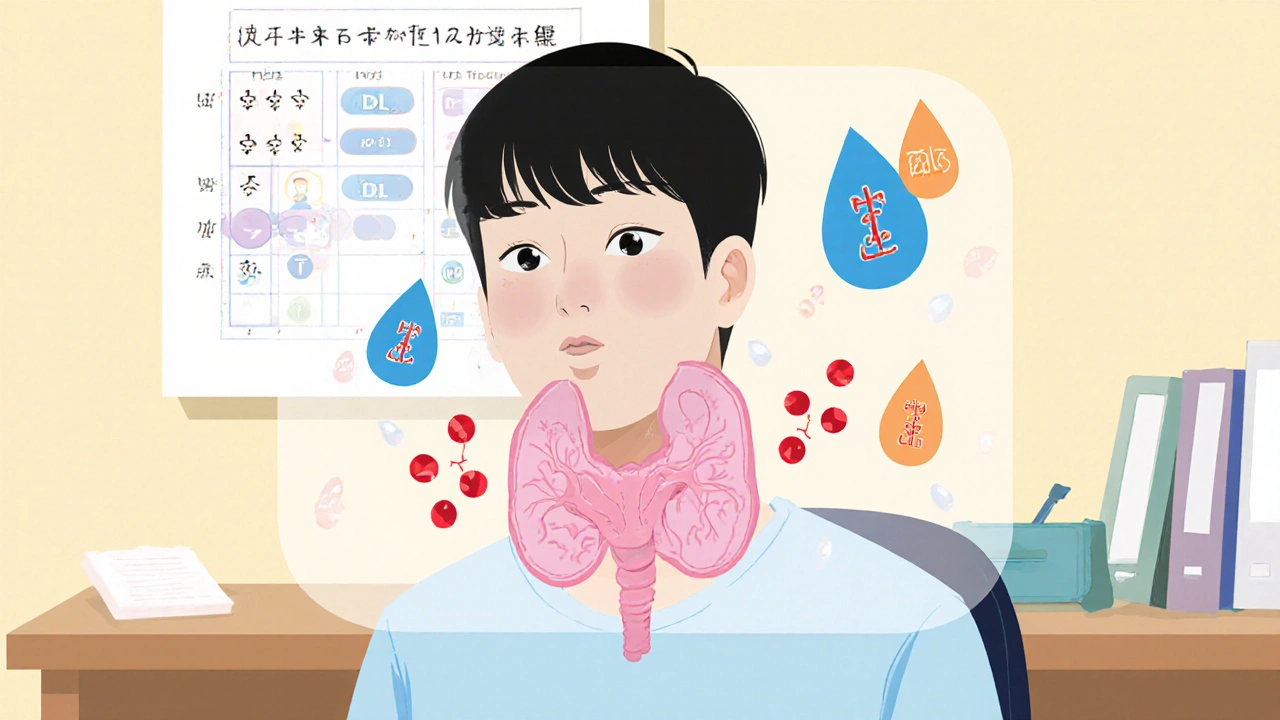Drug Interactions: What You Need to Know to Stay Safe
When you take more than one medication, your body doesn’t always treat them like separate guests—it sees them as roommates who might fight. This is what we call a drug interaction, a change in how a drug works when combined with another drug, food, or supplement. Also known as medication interaction, it can make a drug stronger, weaker, or even turn it into something harmful. It’s not just about pills—some foods, herbs, and even over-the-counter painkillers can mess with your prescriptions in ways you wouldn’t expect.
Take blood pressure meds, drugs used to control hypertension and prevent heart strain. Also known as antihypertensive drugs, they’re among the most common culprits in dangerous interactions. For example, mixing NSAIDs like ibuprofen with ACE inhibitors like perindopril can spike your blood pressure instead of lowering it. Or consider immunosuppressants, medications that calm the immune system, often used after transplants or for autoimmune diseases. Also known as anti-rejection drugs, they can become toxic when paired with certain antibiotics or antifungals. Even something as simple as grapefruit juice can stop your body from breaking down drugs like ticagrelor or felodipine, leading to overdose-level buildup in your system.
These aren’t rare edge cases. Look at the posts here: people are asking about azathioprine and NSAIDs, alfacalcidol and calcium stacks, minoxidil and other hair loss treatments, and how tetracycline behaves with dairy. These aren’t random—they’re patterns. The same questions come up again and again because drug interactions don’t care if you’re young or old, healthy or sick. They only care about what’s in your system and what you just swallowed.
You don’t need to memorize every possible combo. But you do need to know the signs: new dizziness, unusual fatigue, skin rashes, or a sudden change in how you feel after starting a new med. If your doctor didn’t warn you, ask. If your pharmacist didn’t flag it, ask again. Most interactions are preventable—not because they’re hard to spot, but because we assume everything’s fine until something goes wrong.
This collection pulls together real, practical guides from people who’ve been there—caregivers managing azathioprine, patients juggling hypertension meds, folks trying to avoid side effects from corticosteroids or antiplatelet drugs. You’ll find clear breakdowns of what to watch for, what to avoid, and what to do if things go sideways. No jargon. No fluff. Just what works—and what could kill you if you ignore it.

